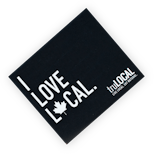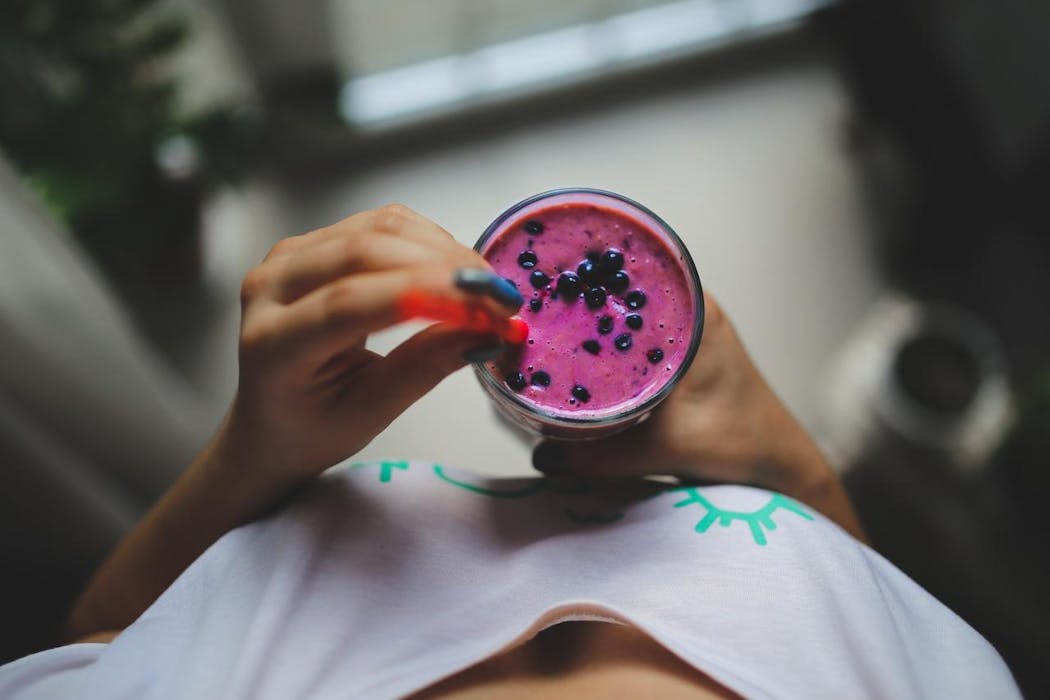Top 12 Tips for Healthy-Eating
Advice for eating healthy can easily become overwhelming. As a chocoholic for over 20 years, I’ve learned the art and science of great ways to balance nutrition.
 Back
Back






Advice for eating healthy can easily become overwhelming. As a chocoholic for over 20 years, I’ve learned the art and science of great ways to balance nutrition.

Advice for eating healthy can easily become overwhelming. As a chocoholic for over 20 years, I’ve learned the art and science of great ways to balance nutrition.
Here are some of the top tips for eating-healthy.
1. Small steps can make a big difference. Make small changes to your routine, like decreasing how much oil you use in your recipes or choosing to use unsalted margarine or butter. Over a year, this adds up to having a big impact on eating healthy and feeling better.
2. Keep a food journal. One of the most important tools for making dietary changes is using a food diary. A food diary means writing down everything you eat. You can do this on paper or on apps like My Fitness Pal. Try it for at least a week to get an idea of your eating patterns on weekdays and weekends. This can help you be conscious and accountable of what you're eating and identify areas for change.
3. Breakfast is important. Breakfast can help you feel more energetic and alert when starting your day. A good morning starts with a glass of water, and a protein filled breakfast such as quality meat, eggs, or bread with peanut butter. Making a healthy choice for breakfast can help you feel full for those dreaded Monday mornings.
4. Eat slowly. Eating slowly doesn’t only mean you get to savour your food, but it can also help you to eat less. This simple change can be made by chewing slower and cutting your food into smaller pieces.
5. Everything in moderation. I love chocolate (and wish it were one of the food groups), soof course, I eat it. If I need a chocolate fix I put a few chocolate chips in my morning pancakes (made from one banana and one egg). Making realistic expectations for healthy eating allows you to stay on track while incorporating the not so healthy foods you enjoy in moderation.
6. Enjoy holiday meals without guilt. Whether it’s holiday meals or nights out with your friends and family, we all have our moments of ignoring the health aspect of our meal, and that's more than okay. This is where balance comes in. A balance helps maintain your healthy lifestyle with a positive, guilt free mental state. Just return to your more healthy habits at the next meal without ruminating on your not so healthy night out or Easter chocolate treats.
7. Eat seasonally. Choosing to enjoy fruits and vegetables in their natural season means they’ll be tastier, more affordable and readily available. In the summer, choose fresh fruit such as peaches, nectarines, and cherries. During the fall you can make soups with the in-season cabbage or tomatoes. The health value of fruit and vegetables is undisputed. Nature's convenience foods are portable, full of nutrients.
8. Eating habits are individual. Make sure your diet is realistic and enjoyable to fit your schedule and food preferences. Only you know what works best for yourself. By incorporating little helpful changes into your already set meal patterns you can make maintainable changes.
9. Try not to get too hungry. It's best to eat something every few hours, so, about three meals and one or two snacks daily. Make a list of healthy snacks that you like and have these foods ready when you get hungry. These snacks could involve fruit, popcorn, or cheese with a few whole wheat crackers, to name a few.
10. Don’t be afraid of carbs. Choose healthy carbs such as whole grains, oatmeal, or sweet potatoes. One of my favourite sources of carbs that are also high in protein are organic bean pasta (Explore Asian-organic black bean or soybean spaghetti). This pasta tastes just like spaghetti and can even be prepared to taste like a healthy alternative to kraft dinner if you top it with shredded or parmesan cheese.
11. Practice portion control. Portion control isn’t easy, but there are small ways to start making this a habit. Measure your cereal, pasta and dessert bowls to see how much they actually hold. This will give you an idea of how much you’re generally eating. Often using a smaller plate and bowl is a great way to trick your mind into thinking you’re eating more than you actually are.
12. Stay well hydrated. The best hydration comes from non-caffeinated, nonalcoholic beverages. Soups, water, and watery foods like fruit and vegetables are some ideal options. I drink water with each meal and keep a bottle on my desk when I am working and beside me when I’m at home. Adding a lemon or switching to soda water can help if you get bored of plain water.
Posted on September 14th, 2018